Analysis of Resonance Asymmetry Phenomenon in Resonant Fiber Optic Gyro
Abstract
:1. Introduction
2. System Structure of Resonant Fiber Optic Gyro
3. Model Establishment and Simulation Results
3.1. Resonant Curve
3.2. Modulation and Demodulation
4. Experimental Results and Discussion
5. Conclusions
Acknowledgments
Author Contributions
Conflicts of Interest
References
- Wang, L.; Zhang, C.; Gao, S.; Wang, T.; Lin, T.; Li, X. Application of Fast Dynamic Allan Variance for the Characterization of FOGs-Based Measurement While Drilling. Sensors 2016, 16, 2078. [Google Scholar] [CrossRef] [PubMed]
- Meyer, R.E.; Ezekiel, S.; Stowe, D.W.; Tekippe, V.J. Passive fiber-optic ring resonator for rotation sensing. Opt. Lett. 1983, 8, 644–646. [Google Scholar] [CrossRef] [PubMed]
- Liang, W.; Ilchenko, V.S.; Savchenkov, A.A.; Dale, E.; Eliyahu, D.; Matsko, A.B.; Maleki, L. Resonant microphotonic gyroscope. Optica 2017, 4, 114–117. [Google Scholar] [CrossRef]
- Ciminelli, C.; Agostino, D.D.; Giuseppe, C.; Olio, F.D.; Conteduca, D.; Ambrosius, H.P.M.M.; Smit, M.K.; Armenise, M.N. A High-Q InP Resonant Angular Velocity Sensor for a Monolithically Integrated Optical Gyroscope. IEEE Photonics J. 2016, 8, 1–19. [Google Scholar] [CrossRef]
- Olio, F.D.; Ciminelli, C.; Armenise, M.N.; Soares, F.M.; Rehbein, W. Design, fabrication, and preliminary test results of a new InGaAsP/InP high-Q ring resonator for gyro applications. In Proceedings of the International Conference on Indium Phosphide and Related Materials, Santa Barbara, CA, USA, 27–30 August 2012; pp. 124–127. [Google Scholar]
- Qian, K.; Tang, J.; Guo, H.; Liu, W.; Liu, J.; Xue, C.; Zheng, Y.; Zhang, C. Under-Coupling Whispering Gallery Mode Resonator Applied to Resonant Micro-Optic Gyroscope. Sensors 2017, 17, 100. [Google Scholar] [CrossRef] [PubMed]
- Ezekiel, S. Optical gyroscope options: principles and challenges. In Proceedings of the 18th International Optical Fiber Sensors Conference, Cancun, Mexico, 23–27 October 2006; p. MC1. [Google Scholar]
- Jin, Z.; Yu, X.; Ma, H. Resonator fiber optic gyro employing a semiconductor laser. Appl. Opt. 2012, 51, 2856–2864. [Google Scholar] [CrossRef] [PubMed]
- Ying, D.; Mao, J.; Li, Q.; Jin, Z. A miniaturized compact open-loop RFOG with demodulation signal compensation technique to suppress intensity modulation noise. Opt. Commun. 2016, 359, 364–371. [Google Scholar] [CrossRef]
- Stokes, L.F. Effects of normal mode loss in dielectric waveguide directional couplers and interferometers. IEEE J. Quantum Electr. 1983, 19, 1888–1896. [Google Scholar]
- Stokes, L.F. Single-Mode Optical Fiber Resonator and Applications To Sensing (Fiber Sensor, Fiber Laser, Fiber Gyroscope). Ph.D. Dissertation, Stanford University, Stanford, CA, USA, 1984. [Google Scholar]
- Ebberg, A.; Lehnert, H. Effects of resonance asymmetries on the conversion of laser phase noise into amplitude noise in fiber optic ring-resonators. IEEE Photonics Technol. Lett. 1990, 2, 470–472. [Google Scholar] [CrossRef]
- Chang, X.; Ma, H.; Jin, Z. Resonance asymmetry phenomenon in waveguide-type optical ring resonator gyro. Opt. Commun. 2012, 285, 1134–1139. [Google Scholar] [CrossRef]
- Takahashi, M.; Tai, S.; Kyuma, K. Nondestructive measuring technique for misaligned angle in polarisation-maintaining fibre coupler. Electron. Lett. 1989, 25, 600–602. [Google Scholar] [CrossRef]
- Lamouroux, B.; Prade, B.; Vinet, J.Y. Kerr effect in all- fiber cavities of optical gyros. Appl. Opt. 1990, 29, 750–753. [Google Scholar] [CrossRef] [PubMed]
- Chen, Y.; Ma, H.; Jin, Z. Resonance asymmetry induced bias errors in waveguide type optical passive resonator gyro. Appl. Opt. 2012, 51, 2373–2378. [Google Scholar] [CrossRef] [PubMed]
- Takahashi, M.; Tai, S.; Kyuma, K. Effect of reflections on the drift characteristics of a fiber optic passive ring resonator gyroscope. J. Lightwave Technol. 1990, 8, 811–816. [Google Scholar] [CrossRef]
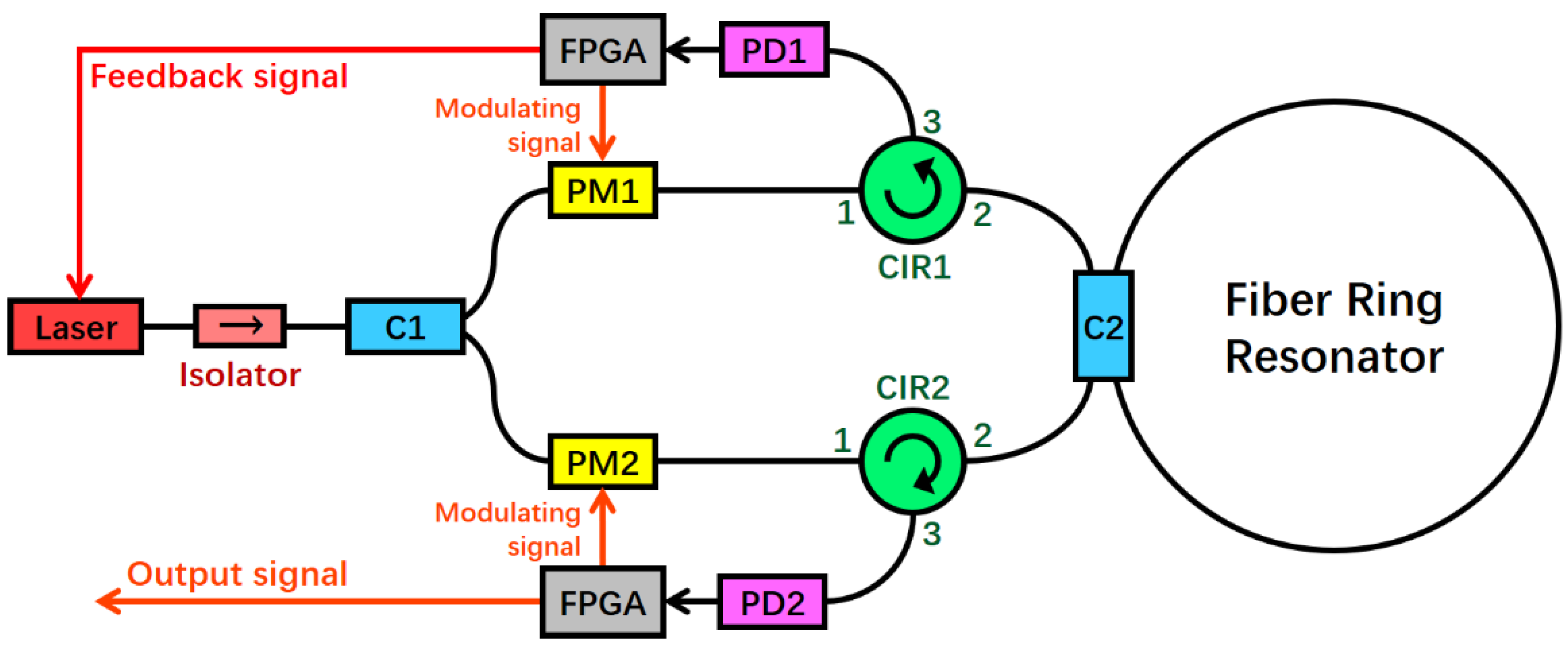
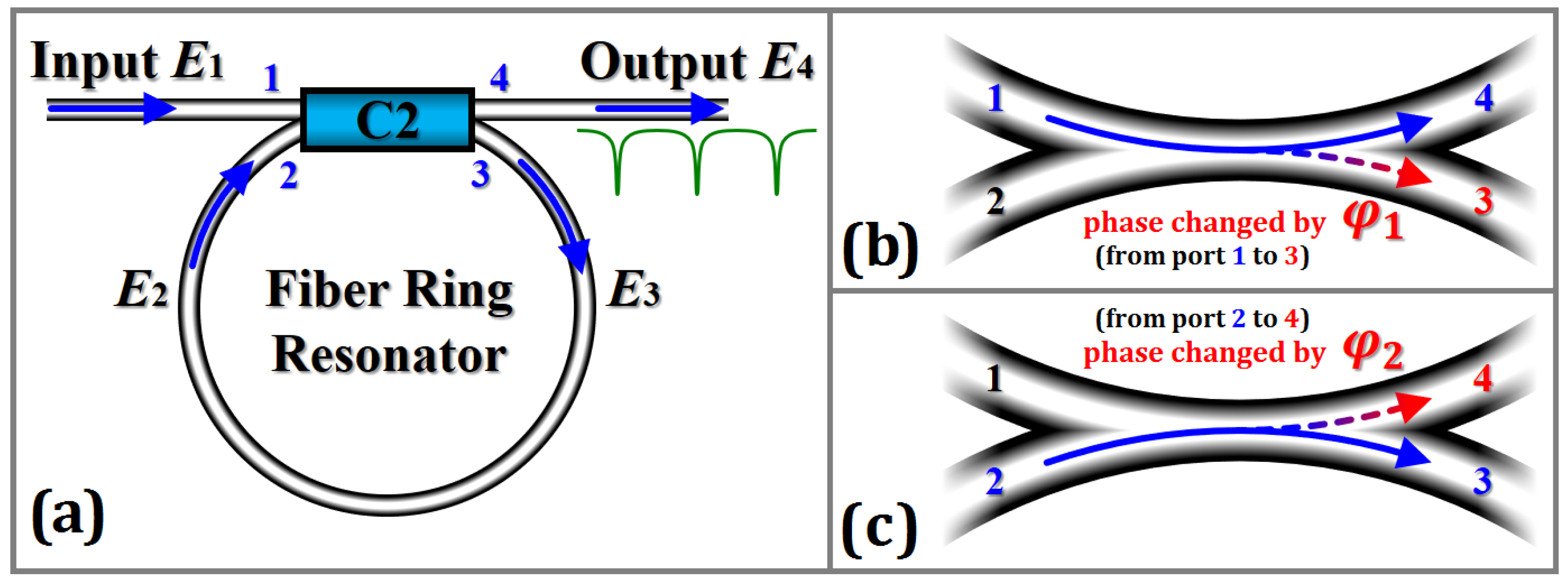
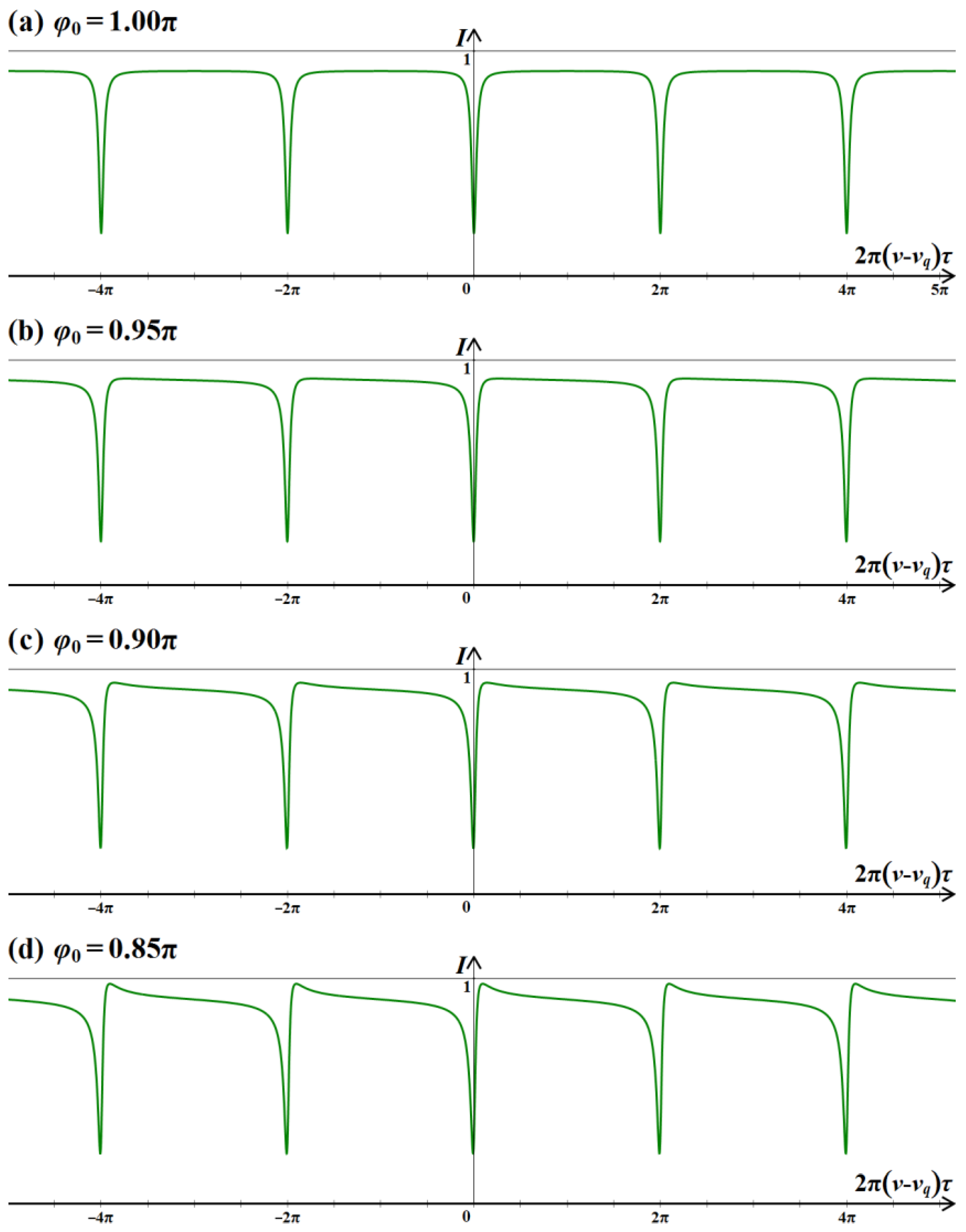


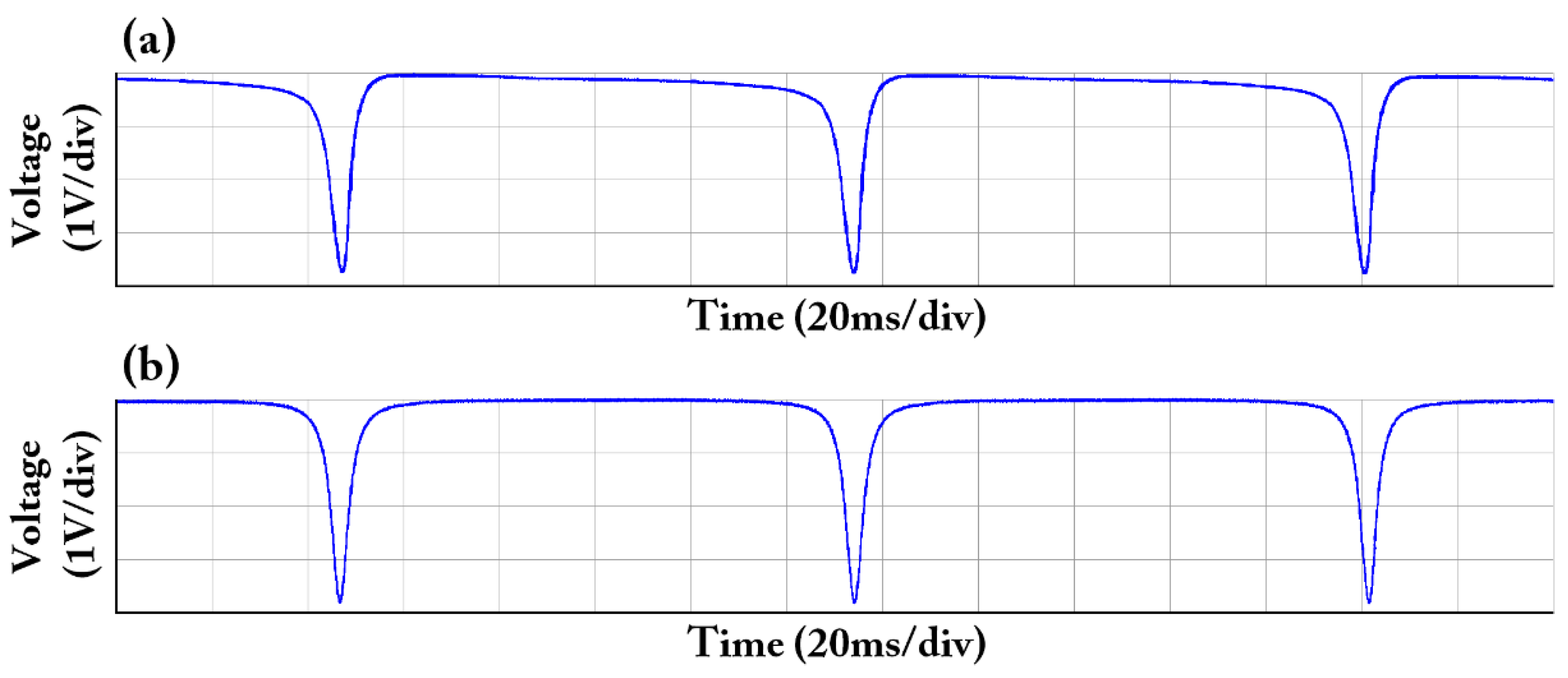
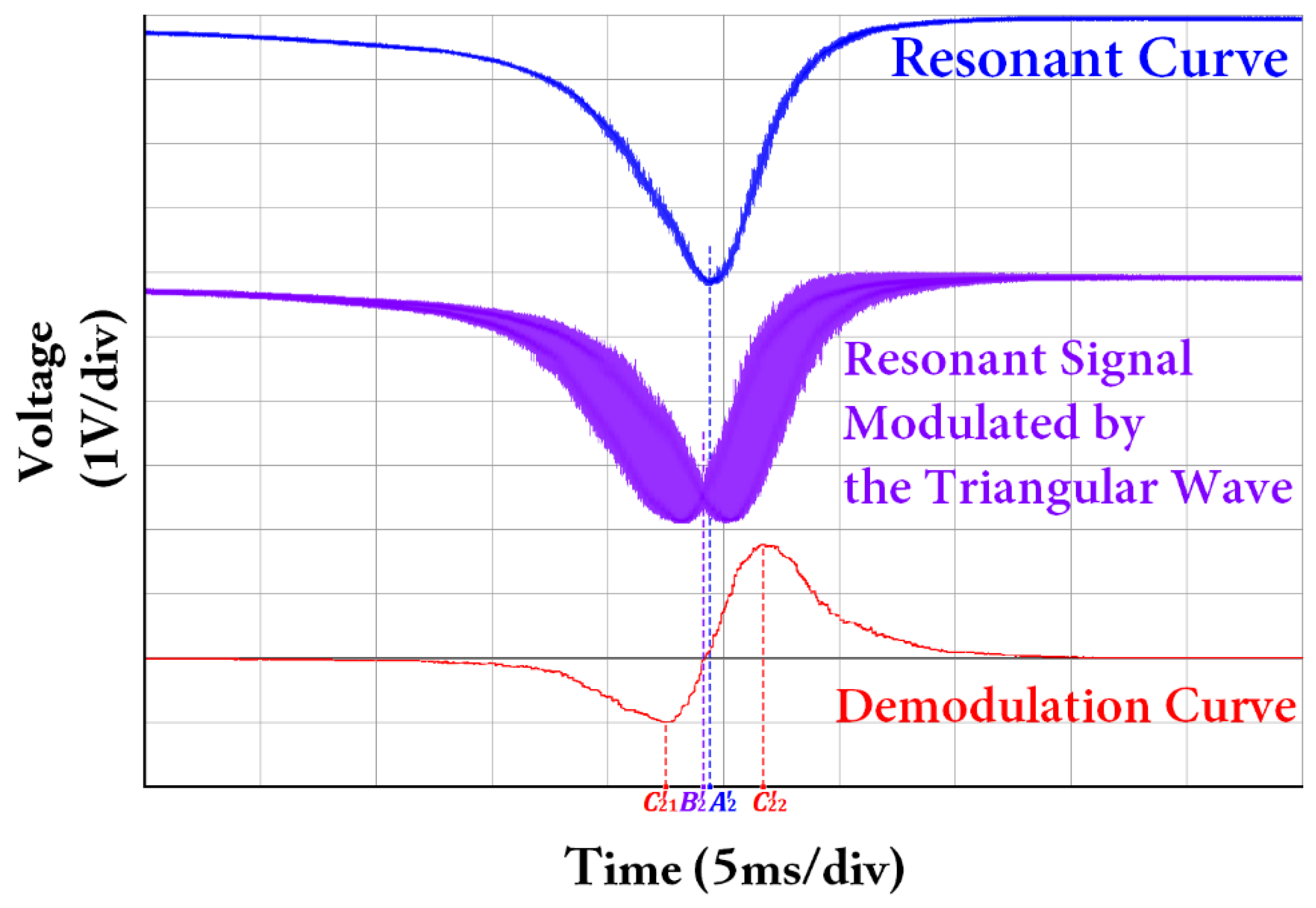

© 2018 by the authors. Licensee MDPI, Basel, Switzerland. This article is an open access article distributed under the terms and conditions of the Creative Commons Attribution (CC BY) license (http://creativecommons.org/licenses/by/4.0/).
Share and Cite
Li, Z.; He, N.; Sun, X.; Jin, C.; Liu, C.; Wu, X. Analysis of Resonance Asymmetry Phenomenon in Resonant Fiber Optic Gyro. Sensors 2018, 18, 696. https://doi.org/10.3390/s18030696
Li Z, He N, Sun X, Jin C, Liu C, Wu X. Analysis of Resonance Asymmetry Phenomenon in Resonant Fiber Optic Gyro. Sensors. 2018; 18(3):696. https://doi.org/10.3390/s18030696
Chicago/Turabian StyleLi, Zhuoyan, Nie He, Xuqiang Sun, Chao Jin, Chengxiang Liu, and Xu Wu. 2018. "Analysis of Resonance Asymmetry Phenomenon in Resonant Fiber Optic Gyro" Sensors 18, no. 3: 696. https://doi.org/10.3390/s18030696
APA StyleLi, Z., He, N., Sun, X., Jin, C., Liu, C., & Wu, X. (2018). Analysis of Resonance Asymmetry Phenomenon in Resonant Fiber Optic Gyro. Sensors, 18(3), 696. https://doi.org/10.3390/s18030696




